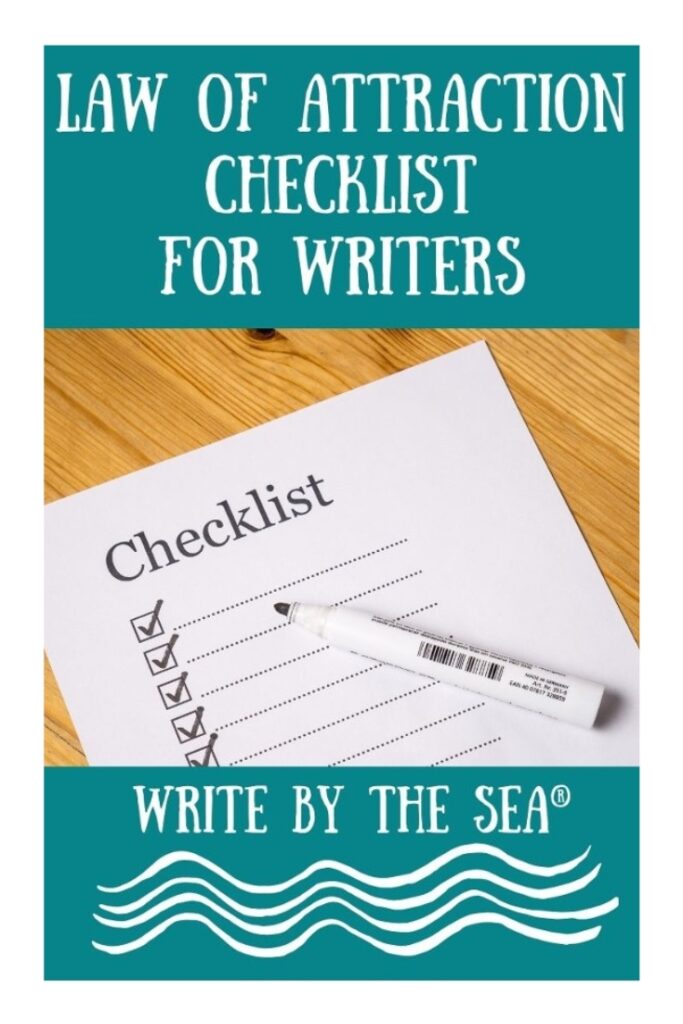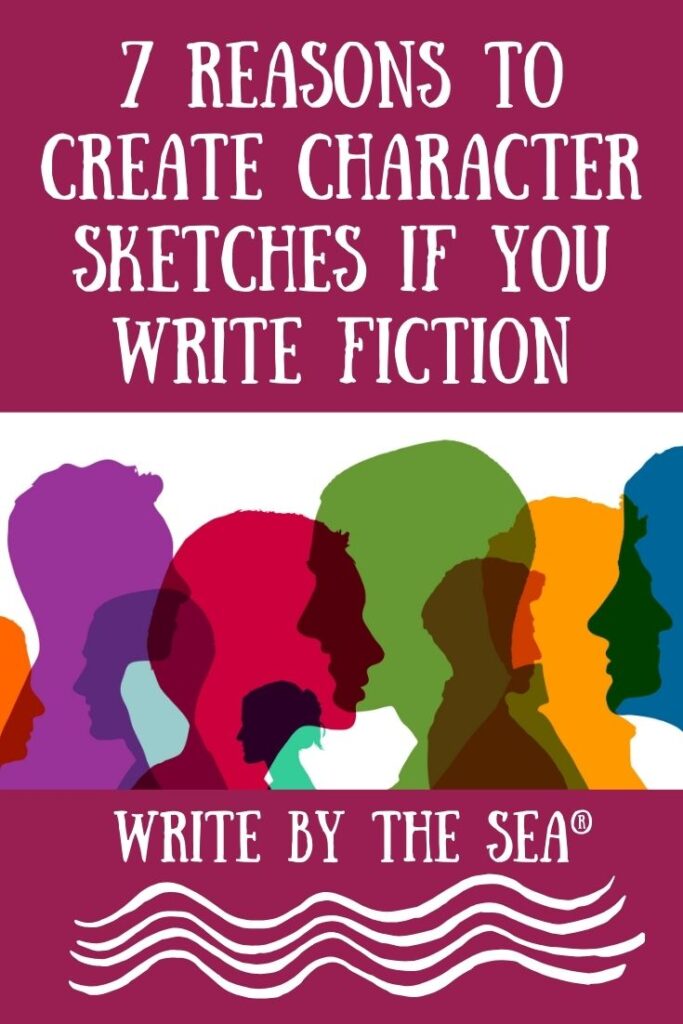
A throughline refers to a consistent thread or element that runs through the narrative, tying together various elements of the story.
It can be an object, a character’s goal or motivation, a recurring event, or an overarching plot element.
Here are some common types of throughlines with examples:
#1. Character Throughline
This focuses on a character’s journey, development, and arc throughout the story.
Example:
Harry Potter series: The character throughline follows Harry’s growth from a naive boy to a powerful wizard who ultimately defeats Voldemort.
#2. Plot
This is the main sequence of events that make up the narrative. It drives the story forward and includes the primary conflict and resolution.
Example:
The Lord of the Rings: The plot throughline centers on Frodo’s quest to destroy the One Ring and the challenges he faces along the way.
#3. Theme
This encompasses the central ideas or messages that the story conveys.
Example:
To Kill a Mockingbird: The theme throughline explores the concepts of racial injustice, moral growth, and empathy through the experiences of Scout and Atticus Finch.
#4. Relationship Throughline
This focuses on the dynamics and evolution of relationships between characters.
Example:
Pride and Prejudice: The relationship throughline follows the evolving relationship between Elizabeth Bennet and Mr. Darcy, from initial misunderstandings to mutual respect and love.
#5. Symbolic
This involves recurring symbols or motifs that hold deeper meanings and contribute to the story’s thematic richness.
Example:
Moby Dick: The white whale, Moby Dick, serves as a symbolic throughline representing obsession, the unknown, and the struggle against nature.
#6. Subplot
These are secondary storylines that run parallel to the main plot, often providing additional depth and context.
Example:
Game of Thrones: Various subplots include the political machinations of different houses, such as the Lannisters, Starks, and Targaryens, each with their own goals and conflicts.
#7. Setting Throughline
This focuses on a consistent and evolving setting that influences the story’s events and characters.
Example:
Star Wars: The setting throughline includes the vast and diverse galaxy with its distinct planets and cultures, from Tatooine to Coruscant, influencing the characters and their journeys.
Understanding and using these throughlines can help you create more engaging and cohesive stories.
Combine Some of These Throughlines
Combining multiple throughlines in a story adds complexity and richness, making the narrative more engaging.
Here are some examples where more than one throughline is used effectively:
#1. The Great Gatsby by F. Scott Fitzgerald
Character: The story follows Jay Gatsby’s transformation from a poor young man to a wealthy, mysterious figure in pursuit of his idealized love, Daisy Buchanan.
Theme Throughline: The novel explores themes of the American Dream, the illusion of happiness, and the corruption of wealth.
Relationship: The evolving relationships between Gatsby, Daisy, Tom Buchanan, and Nick Carraway are central to the story.
Symbolic Throughline: Symbols like the green light at the end of Daisy’s dock and the eyes of Doctor T.J. Eckleburg represent Gatsby’s dreams and the moral decay of society.
#2. Harry Potter series by J.K. Rowling
Character: Follows Harry’s growth from an orphaned boy to a hero who defeats Voldemort.
Plot Throughline: The central plot involves Harry’s quest to stop Voldemort and the various challenges he faces along the way.
Theme: Themes of friendship, bravery, love, and the battle between good and evil are woven throughout the series.
Relationship Throughline: The evolving friendships and relationships between Harry, Hermione, Ron, and other characters add depth to the narrative.
Setting: The magical world, including Hogwarts, Diagon Alley, and other locations, provides a rich and evolving backdrop for the story.
#3. The Lord of the Rings by J.R.R. Tolkien
Character Throughline: Follows Frodo Baggins’ transformation from a simple hobbit to the bearer of the One Ring who must destroy it.
Plot Throughline: The main plot centers on the quest to destroy the One Ring and the battles against Sauron’s forces.
Theme Throughline: Themes of friendship, sacrifice, the corrupting influence of power, and the struggle between good and evil are prevalent.
Relationship: The relationships between Frodo, Sam, Gandalf, Aragorn, and other members of the Fellowship are crucial to the story.
Setting Throughline: The rich and detailed world of Middle-earth, with its various cultures and landscapes, plays a significant role in the narrative.
#4. Pride and Prejudice by Jane Austen
Character Throughline: Focuses on Elizabeth Bennet’s personal growth and her evolving perceptions of Mr. Darcy.
Relationship Throughline: The central relationship between Elizabeth and Mr. Darcy, along with other romantic and familial relationships, drive the story.
Theme Throughline: Explores themes of social class, marriage, and individual integrity.
Plot Throughline: The main plot follows the romantic entanglements and misunderstandings among the characters, leading to eventual resolutions.
By combining some of these throughlines, stories become more interesting and complex, giving your readers many ways to connect and think about them.
Now, before you go, if you haven’t subscribed to The Morning Nudge, be sure to do that now, so you get our Law of Attraction Checklist for Writers and free access to our Private Resource Library for Writers, as well as a short email every weekday morning to help you manifest your writing dreams!







